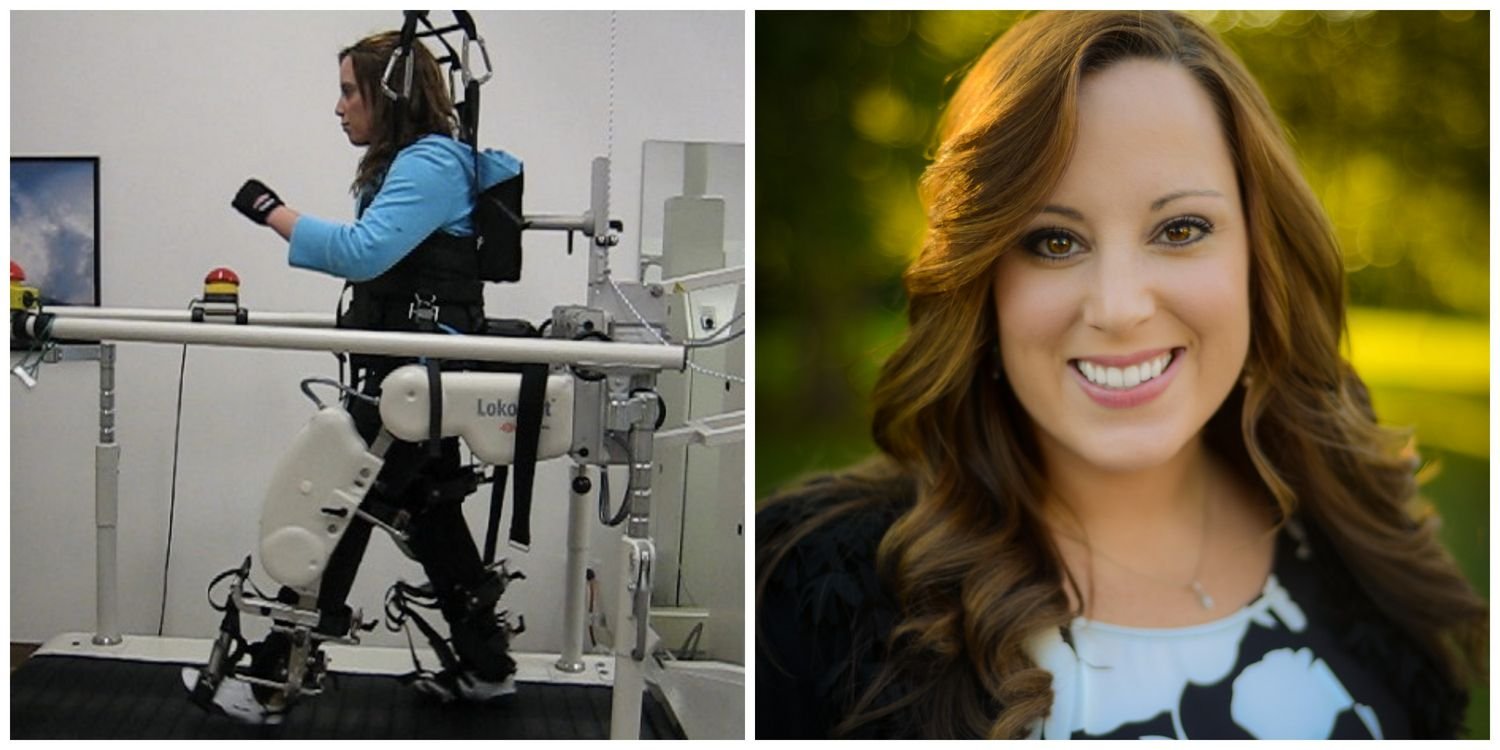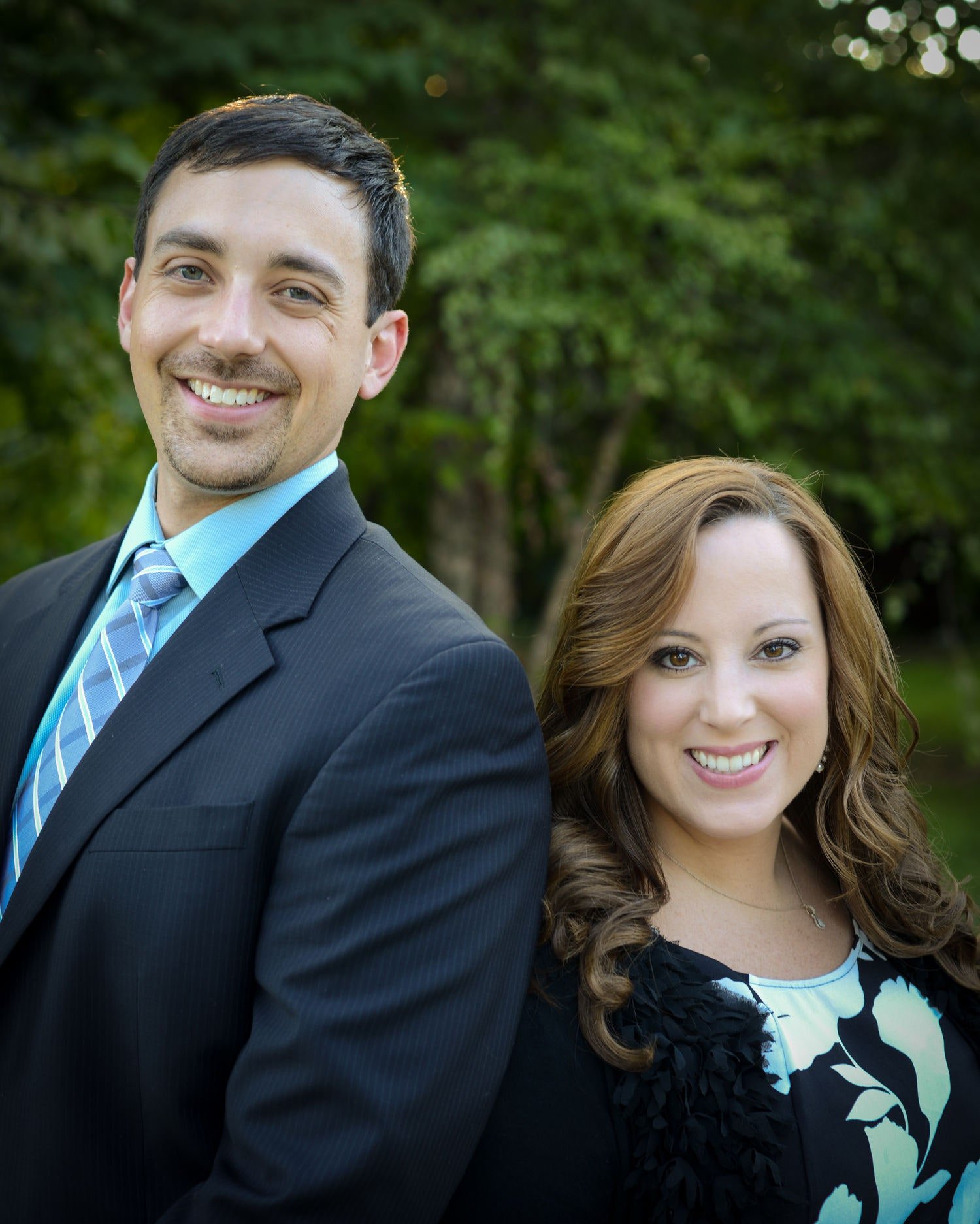"How I Turned a Life-Changing Injury Into Motivation"
Original source: Glamour
Ten years ago, Jessica Harthcock, then just 17 years old, had a tragic accident and became a paraplegic. Doctors told her she would never be able to walk again, but she refused to believe them. The following is her story, as told to writer Jaclyn Trop.*It was a typical summer evening right after my junior year of high school. I was on the varsity springboard diving team and practicing a double front tuck with a layout twist in the gym with my gymnastics coach. I was exhausted after a long night but decided to try one more flip. That one time, I didn't gain enough height and hit my head on the concrete side of the foam pit that served as my landing pad. I heard a sickening crunch and felt blood running down my face. My whole body went numb. I couldn't speak. I couldn't move. My coach, who saw that I had cracked my head open but didn't realize I had suffered a spinal cord injury too, called for help.
From left: Jessica in rehab after her injury; Jessica today
Everything happened so fast once the doctors told me I broke vertebrae in my thoracic (back) and cervical (neck) area. I was left paralyzed from the bra line down, which meant that I couldn't move or feel my legs, but I had use of my arms. I probably should have been freaking out, but I was optimistic and focused on the fact that before my injury, I was in great shape. I have everything in me to make a recovery, I told myself. Reality set in once I had to relearn things like how to get dressed and how to get out of bed. Oh, and maneuver a wheelchair. The doctors said my injury was so severe, I would never feel sensation below my bra line again, much less walk.
When I got home, my family and I began absorbing all the information we could about spinal cord injuries, even flying around the country to learn about special treatment facilities. The doctors might have been saying there was no hope, but my family and I weren't ready to give up. Don't get me wrong, I had days when I cried. But instead of staying home feeling sorry for myself, I'd force myself to get out of the house, either seeing a movie with family or hanging out with friends. (There was more than one emergency Starbucks trip!) Doing things I loved—even when I maybe didn't feel like it—went a long way in getting me through rough patches. I also kept a gratitude journal, writing down three things I was thankful for every day, no matter how small.
One year later, after graduating from high school and before matriculating at the University of Southern Indiana, I spent the summer in rehab, pushing myself to the limit every day. When I told Adam, my new trainer, that I was going to walk again, he said, "OK, then we have a lot of work to do." Though he knew my prognosis, not once did he question me.
Two months into my sessions with Adam (who is only three yeas older than I am), I was working on sitting up by myself—picture a wobbly doll on a bed—but my abdominal muscles couldn't hold me upright. It was so frustrating, but I kept at it, no matter how bad it felt to fall back down. Then one day, it just clicked and I sat up for half a second. Adam and I were so excited. I screamed, "I did it! I did it!" and he started cheering and hugging me. That moment brought us closer, and we started hanging out after my sessions as friends. Within a few weeks, Adam was visiting me at the University of Southern Indiana, where I'd started school. "Do you think there is something between us?" he finally asked one night. I tried to act cool and said, "I don't know. Do you?" but the answer was obvious.
I felt a muscle twitch in my thigh a few months later. I thought, If I have a muscle twitch in my thigh, then I can walk! For the next several years, I kept challenging myself, even after I transferred to Louisiana State University and was busy with college classes. To stay motivated, I lived on a steady diet of inspirational quotes and YouTube videos featuring people overcoming obstacles. Pep talks became a central part of my inner monologue...and they worked. On the day I graduated from college, I walked—yes, walked!—across the stage to get my diploma. (Due to my paralysis, I couldn't feel the ground underneath me. I still can't, and that means I fall a lot—but I've gotten good at picking myself back up.) Adam, by that point my boyfriend, was there was again to cheer me on.
The secret to my recovery? I wish I knew the answer. The doctors never figured out how I was able to walk—the best theory was that I somehow managed to regenerate nerve endings through action-based therapy, but nobody knew for sure. I'm just thankful that I can move about without any assistance now, even if I tire easily!
[*Editor's note: Jessica's incredible comeback is not typical. "My sense is there are very few patients as fortunate as Jessica," said Susan Howley, director of research at the Christopher and Dana Reeve Foundation. The foundation doesn't keep data on the percentage of patients who recover motor function, "but every spinal cord injury is unique, which adds to the mystery," says Howley. As part of her recovery, Jessica spent time at two rehabilitation centers that are part of the Reeve Foundation NeuroRecovery Network.]
Adam & Jessica
Adam and I married in 2010, five years after we started dating, and then moved to Nashville so that I could complete my master's degree in organizational leadership at Vanderbilt University. While at school, I developed an idea that had been in the back of my mind for a while and is finally becoming a reality: a Web platform that matches patients to the therapies and facilities they need to maximize their potential of recovery. Adam and I named the business Utilize Health and began matching more than 100 patients, but we realized that we'd need to automate the process to serve our growing wait list.
To make it happen, we launched an Indiegogo campaign in June, exactly 10 years after my accident. Our campaign runs through August 22, and we recently reached the halfway mark toward our $60,000 goal. This whole experience has taught me that you can choose to be happy, or you can choose to have a crappy day. I choose to be happy—and now I can help others do the same.


